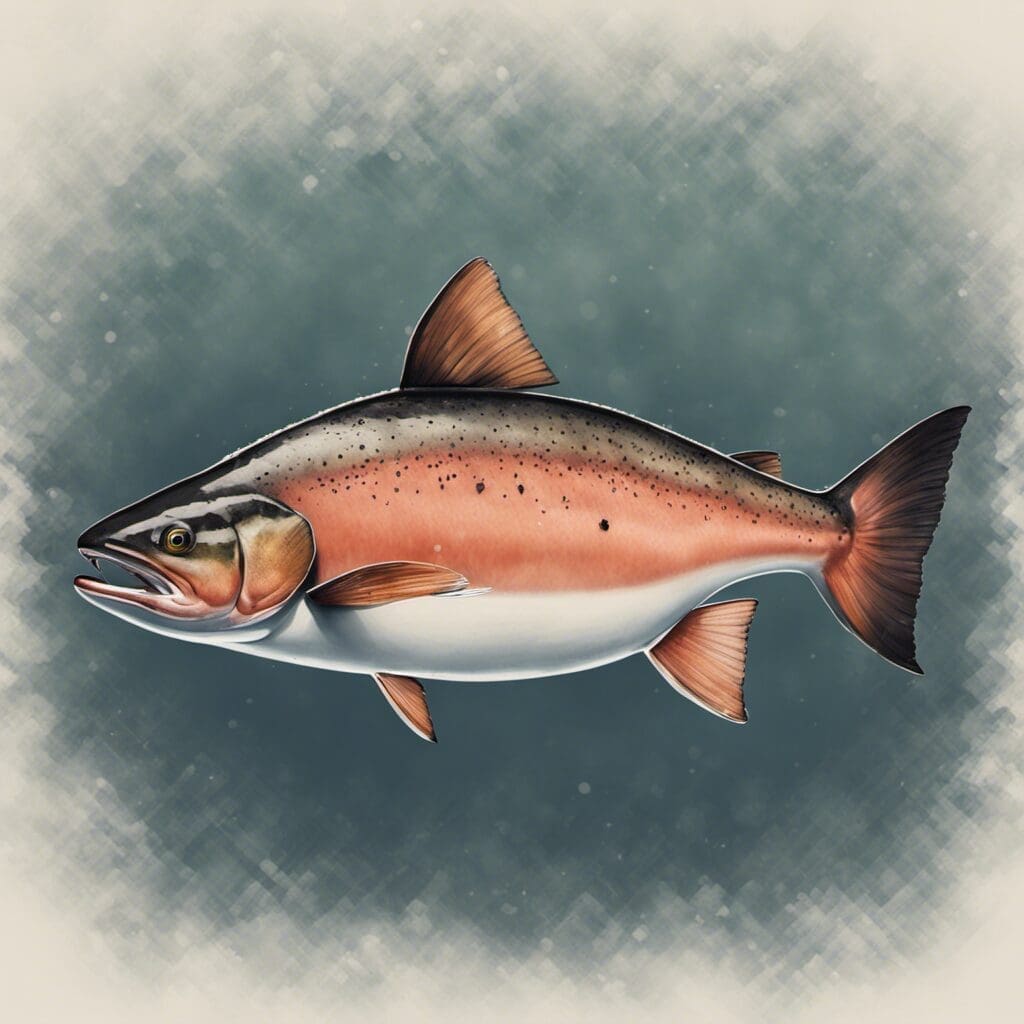Introduction
The Australian Salmon, scientifically known as Arripis trutta, is a fascinating species from the Arripidae family. This fish, despite its name, is not a true salmon but it is more closely related to the Australian herring.
Conservation Status
Today, Australian Salmon is classified by the FishBase as ‘Not Evaluated’. However, Australian fisheries management aims to ensure long-term sustainability of fish stocks and minimise environmental impact.
Statistics
The Australian Salmon is a robust species, with the following statistics:
| Description | Average | Range |
|---|---|---|
| Length | 60 cm | 30 – 75 cm |
| Weight | 2 – 3 kg | 1 - 4 kg |
| Lifespan | 26 years | N/A |
Distribution and Migration Patterns
Australian Salmon are widely distributed along the southern coastline of Australia, from southern Queensland to western Australia, including Tasmania. Adults follow cooler water around southern Australia, migrating counter-clockwise in Victoria and Tasmania, and clockwise in South Australia and Western Australia.
Habitat
Preferred habitats of the Australian Salmon include open water, reefs, and estuaries. They live in a depth range from surface level to 30 metres. Temperature-wise, they thrive in cooler waters.
When and Where to See
Australian Salmon can be found year-round, but they are most abundant during the winter months. Early morning and late afternoon are often the best times to spot them.
Best Fishing Locations
The top locations for fishing Australian Salmon include:
- Port Phillip Bay, Victoria
- Lake Tyers, Victoria
- Yorke Peninsula, South Australia
- Tasmania’s East Coast
- Great Australian Bight
- Perth, Western Australia
General tips for finding Australian Salmon include looking for birds diving, which can indicate schools of fish, and following cool water temperatures.
How to Catch
Preferred baits for catching Australian Salmon include pilchards, whitebait, and squid. Techniques such as lure casting, trolling, and surf fishing are popular. The best time for fishing Australian Salmon is during the cooler winter months and early morning or late afternoon.
Identification Guide
Australian Salmon are large, with a steel-blue to grey dorsally and silver-white ventrally. Younger fish have more pronounced spots. Their body is streamlined with a forked tail and a slightly pointed head.
Culinary Information
Australian Salmon is a versatile fish that can be baked, fried, grilled, or smoked. Its taste is rather strong, oily, and fishy. It’s a good source of protein and heart-healthy omega-3 fatty acids.
Additional Information
Australian Salmon feed predominantly on small baitfish. Their natural predators include larger fish and marine mammals. They are also targeted by commercial and recreational fishers. The Australian Salmon holds a significant place within the recreational angling community and has been known to be called ‘the football of the sea’ due to their aerial acrobatics and sheer power when hooked.
References and Further Reading
For more comprehensive information on Australian Salmon, the following resources are recommended:
- Fishes of Australia: Provides extensive information on Australian Salmon including habitat and diet.
- NSW Department of Primary Industry: Gives an in-depth look at the Australian Salmon and their importance to local fishing communities.

